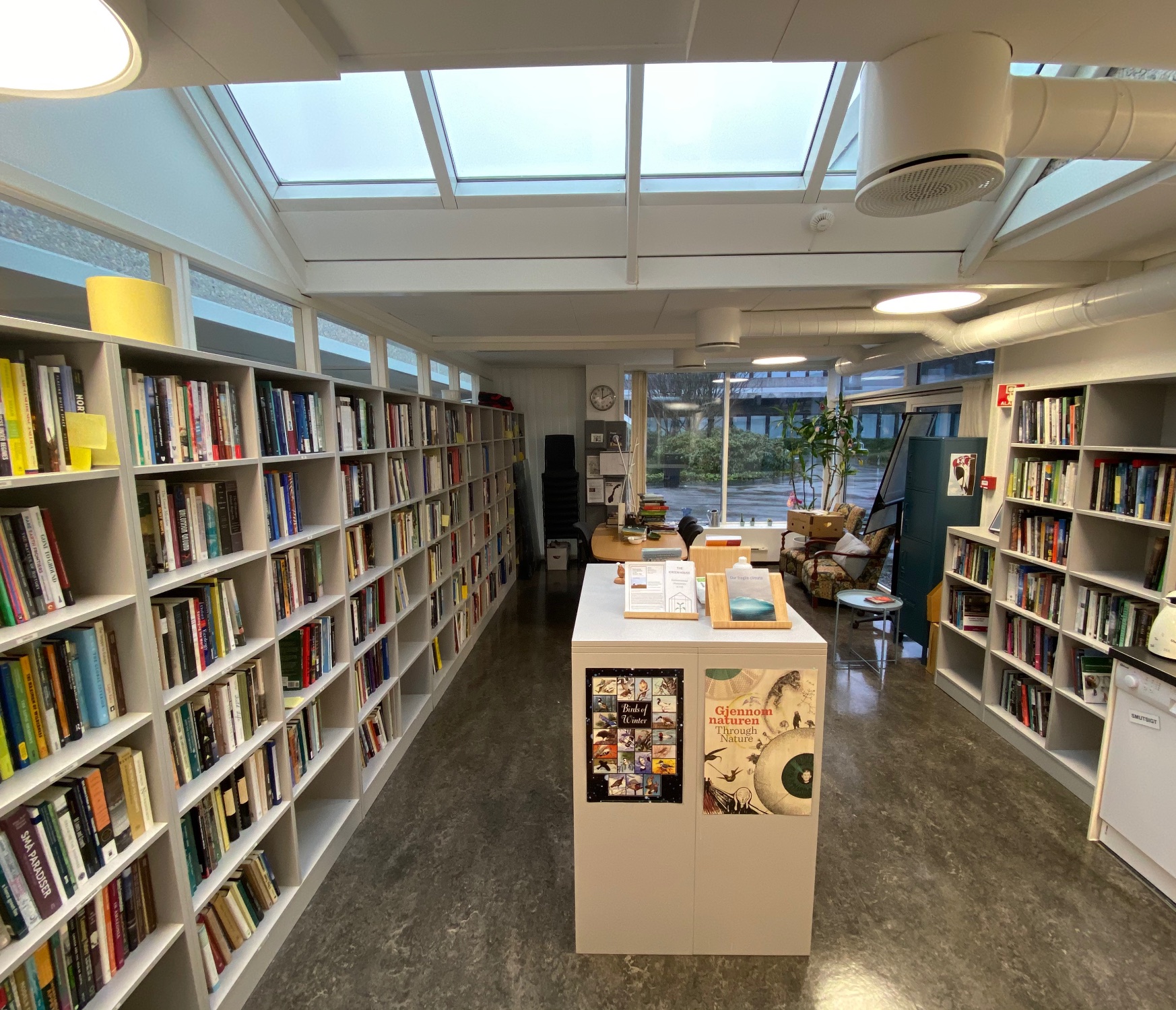The Greenhouse welcomes applications from candidates who wish to apply for international fellowships through external funding sources.

The external funding sources can be MSCA Postdoctoral Fellowships, Research Council of Norway International Postdocs, Fulbright, American-Scandinavian Foundation, Carlsberg Foundation, or other sources.
Depending on the type and duration of the fellowship, as well as availability, we aim to provide a workspace for visitors, though this can range from an individual office to a desk on the PhD student floor to accessing the Greenhouse Library.
How to apply
In order to apply, you should identify a faculty member who can serve as host or sponsor for your fellowship. This can be one of the Greenhouse co-directors, but it can also be others. Some fellowships involve employment at UiS, with funding coming directly to the university (such as MSCA and RCN-funded projects), which require budgeting and institutional approval before submission. Other fellowships provide stipends directly to the candidates, where the responsibility of University of Stavanger is limited. Typically we provide support/invite letters in those cases. Note that we cannot provide invites to all who ask to visit the Greenhouse and we expect a good match between candidates and ongoing research in the Greenhouse. We also expect that all visiting fellows participate actively in the local research community and that the Greenhouse support is acknowledged in publications and other outputs that result from the stay.
Where to stay
For shorter stays, we recommend Ydalir Hotel, which is located on campus. It is an excellent hotel that has small apartments with kitchenettes, with good rates for university-affiliated visitors.
Contact us for information on how to set this up by sending an email to greenhouse@uis.no.
PhD Fellowships at the Greenhouse
This is a brief guide for those of you who are interested in earning a PhD with the Greenhouse.
First, you need to know something about how PhD programmes work in Norway. Technically there is no such thing as a PhD student in Norway – while working towards the PhD degree, you do not have student status. Instead, you are accepted into a PhD programme based on your qualifications and while working on it, you are generally considered an employee of the university. One of the requirements for eligibility is that you have full funding for the PhD period, which is typically full-time for three years. This funding usually comes through the university, either from one of the state-financed recruitment positions or through externally funded research project grants.
As a result, there are no general application deadlines for PhD positions, but it depends on available funding. The university-funded positions are not openly advertised to potential candidates at the University of Stavanger, but first go through an internal process where potential supervisors nominate projects and ideas. Typically, the host department of the Greenhouse gets 2-3 such positions every year. Often, but not always, at least one of these positions will be tied to the Greenhouse. There are also occasional strategic initiatives from the central University of Stavanger leadership that provide funding for Greenhouse PhD positions. Winning such funding can be highly competitive.
Note that the University of Stavanger does not accept candidates with their own funding (saved up money, etc.) into its PhD programmes. It is also not up to the Greenhouse to decide who qualifies or not, this is determined by the PhD administration of the Faculty of Arts and Education.
Second, unlike PhD programmes in for example the US, the PhD fellowship is mainly to conduct research, either on a project of your own design or tied to a larger research project. Candidates are required to have 30 ECTS of coursework in their programme, typically taken in the first year, covering methods, research ethics, and some more discipline-specific courses, but it’s mostly research. While PhD candidates sometimes end up with teaching responsibilities at some universities, we rarely have this option in the Greenhouse.
Who do we end up recruiting? In the Greenhouse, we have recruited PhD candidates from many different countries. The most important thing is a good match with the project and with the intended supervisor. Generally, we are interested in candidates who can demonstrate intellectual curiosity, analytical capability, and the ability to work independently. Candidates are generally asked to submit an independently developed research plan as part of the application process. Typically positions come with some thematic or conceptual delimitations that we wish candidates to work with. It is important that the research plan speaks to these areas, especially in the case of externally funded research projects. Also note that the Greenhouse is an environmental humanities research center, and that supervisors and projects often are even more narrowly defined within fields such as environmental history or ecocriticism. We generally do not recruit candidates with a broad social science or natural science approach to environmental concerns.
If you are interested, we recommend that you get to know the Greenhouse through some of our many activities before applying. Our weekly online book talks are a good place to find out what’s going on in the field. If you are in Stavanger, our Wednesday Research Talks and the Thursday open lunches are perfect for getting to know people.
When we have available PhD fellowships, which we typically advertise 1-2 times a year, we will spread the word through social media and on our website. All job postings at University of Stavanger can be found here.